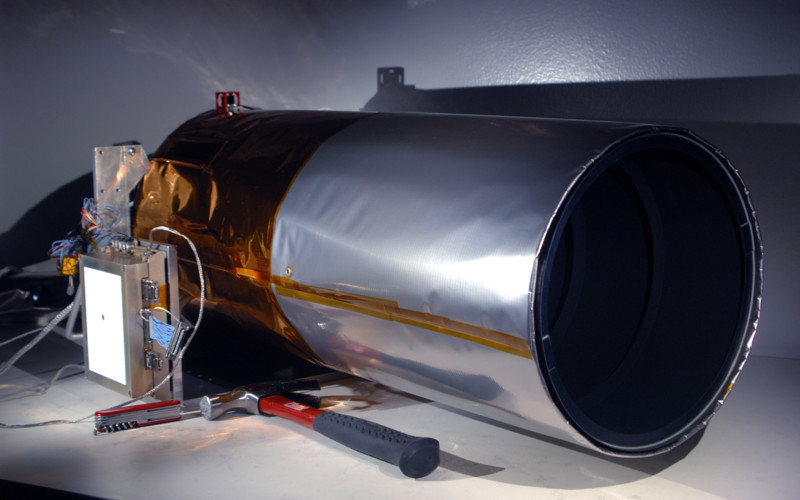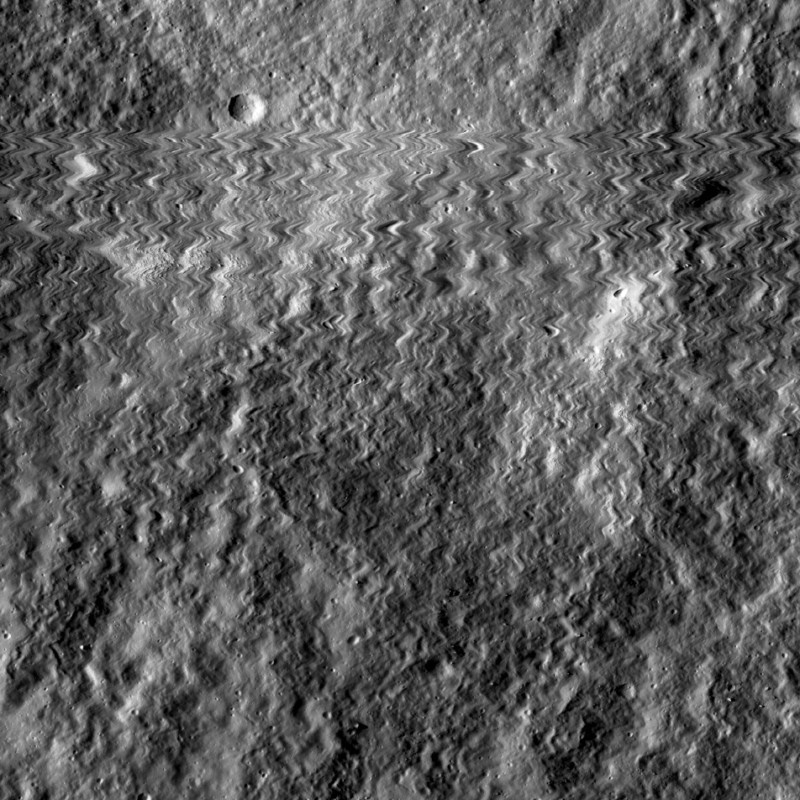NASA’s Lunar Orbiter Camera Was Hit By a Meteoroid and Survived
![]()
On October 13, 2014, the Lunar Reconnaissance Orbiter Camera (LROC) was hit by a tiny meteoroid which was traveling faster than a speeding bullet. The impact resulted in a ‘wild and jittery’ image of the moon’s surface.

The system usually provides perfectly clear images of the lunar surface, so the wild back-and-forth lines in the image were quite an anomaly. The NACs work by building an image one line at a time, as the LROC’s orbit moves the camera relative to the moon. This gives a clue as to how the jagged lines in the image were created.

According to Mark Robinson, principal investigator of LROC at Arizona State University (ASU) in the US, there must have been a brief violent movement of the left Narrow Angle Camera.
Using detailed computer simulations of an impact on the camera, the LROC team concluded that the left NAC was hit by a meteoroid measuring around 0.8 millimeters, travelling about 4.3 miles (7 kilometers) per second and with a density of an ordinary chondrite meteorite (2.7 grams/cm3).
“The only logical explanation is that the NAC was hit by a meteoroid,” Robinson said. “The meteoroid was traveling much faster than a speeding bullet… In this case, LROC did not dodge a speeding bullet, but rather survived a speeding bullet!”
Thankfully, the Lunar Orbiter did not sustain any significant damage in the impact.
“A meteoroid impact on the LROC NAC reminds us that LRO is constantly exposed to the hazards of space,” says Noah Petro, deputy project scientist from NASA Goddard. “And as we continue to explore the moon, it reminds us of the precious nature of the data being returned.”
(via Phys.org)
Image credits: NASA’s Goddard Space Flight Center/Arizona State University